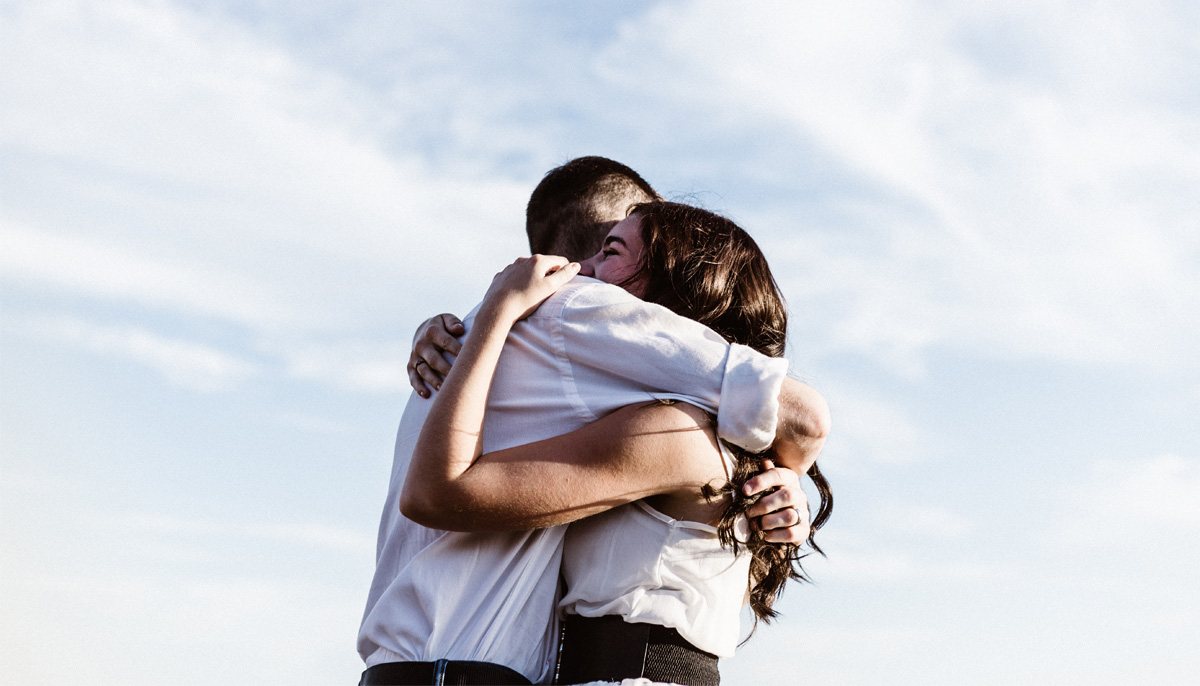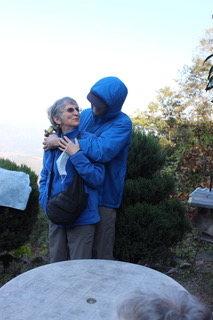In the midst of the Covid-19 pandemic, Holly Stocking found herself with an inescapable craving for physical contact. She shares how the natural world and the Buddhist path have steadied her.

Photo by Priscilla Du Preez.
This craving is what I imagine it’s like to be an alcoholic craving a drink, or a starving person craving a cookie. Every cell in my body is on fire. It’s as if someone has pressed the repeat button on my thoughts, reminding me again and again how much I long for physical contact.
Talking to friends on Zoom doesn’t help, so I spend time trolling the Internet – searching for a hypoallergenic kitty and for a self-cleaning litter box, knowing I likely won’t buy either. What I really need, I tell a friend, is someone to hug – someone tall and grounded. Not unlike my late husband.
I miss holding his hand, leaning up against his chest, and listening to his warm, beating heart.
I surprise myself when I say this. It’s been just ten months since my husband died, and it feels like an unsuitably short time to be thinking about finding someone else.
But that was before Covid.
I’m not alone in experiencing this “Covid Craving.” Judging from the news, this virus, along with the viciously ramped up culture wars, has given rise to all manner of cravings — cravings for how the world used to be, in what now seems like entire yearly calendars ago. Cravings for weekends with friends, for a sense of personal and economic safety, for some semblance of national peace.
My own craving for physical contact strikes me as hardwired and all but inescapable. We are a social species, after all, and physical contact with others is built into our biological system. There’s a reason why solitary confinement is considered a form of extreme punishment, even torture, and why infants separated from mothers suffer from attachment disorders. When humans are separated from other humans, especially for prolonged periods, suffering naturally arises.
My Buddhist teachers encourage me to consider this period of isolation in The Time of Covid as a kind of retreat. On retreat, of course, all manner of discomforting thoughts and sensations come up. You don’t push these things away. You sit with them, and if you are able to recognize the delusions that are prompting these thoughts and sensations and conscientiously apply their antidotes, you deepen your practice.
Craving to be touched by other humans is no different from other intense desires, one teacher tells me. Even monks and nuns who have voluntarily entered into multi-year retreats encounter it. But armed with bodhicitta motivation and the profound understanding that even the body is a mental construct, they welcome it as a way to work with their untamed minds. Eventually, by applying the teachings, this seemingly hard-wired craving, in fact, dissolves.
It is motivating to this mind to know this. So I sit on my cushion, determined not to resist, but to explore the individual thoughts and bodily sensations that make up this ripening karma.
I’ve been studying bodhicitta, the Mahayana wish to become Enlightened so as to take all other beings to Enlightenment. So my mind naturally turns to the give-and-take practice of tonglen, which visualizes taking in the pain of others and sending out wellbeing, gradually transforming self-centered concerns into altruistic ones.

The author, Holly Stocking, and her late husband, Bill, on pilgrimage in Nepal in 2016.
I will need to practice this and other selflessly motivated antidotes in coming days, though, because right now, this body is fairly crawling out of its skin. I miss my late husband’s touch, which could comfort me. I miss holding his hand, and leaning up against his chest and listening to his warm, beating heart.
When I was younger, I used to talk to trees. I never told anyone, but I was convinced that they returned my thoughts with their own. I needed those trees then, and since, I have learned that I am not the only one; we all do. Trees support our very lives. They take into themselves the carbon dioxide that we exhale and return to us the oxygen that sustains us. And in ways we are only just now learning, they are kin. Trees, like us, form living communities and communicate with one another. They even migrate. And when they die or are consumed by raging flames, we mourn.
So one recent day, I paid a visit to a pond surrounded by tall deciduous trees on monastery grounds. With insects buzzing around me, my eyes locked onto a sturdy young oak. I stepped forward then, rested the side of my face against its rough bark, and offered it a long and grateful hug. As I stood there, arms wrapped around its truck, I could almost feel its life force and was steadied.
I am very much aware that this was but a temporary relief of this bodily craving, that it didn’t address the root causes for my discomfort. I’m aware, too, that temporary relief only sets us up for more suffering (as I discovered the next day when I started itching with a nasty case of chiggers!). But the tree was tall and lean, not unlike the body of my husband, and if only for a moment, hugging it helped.
